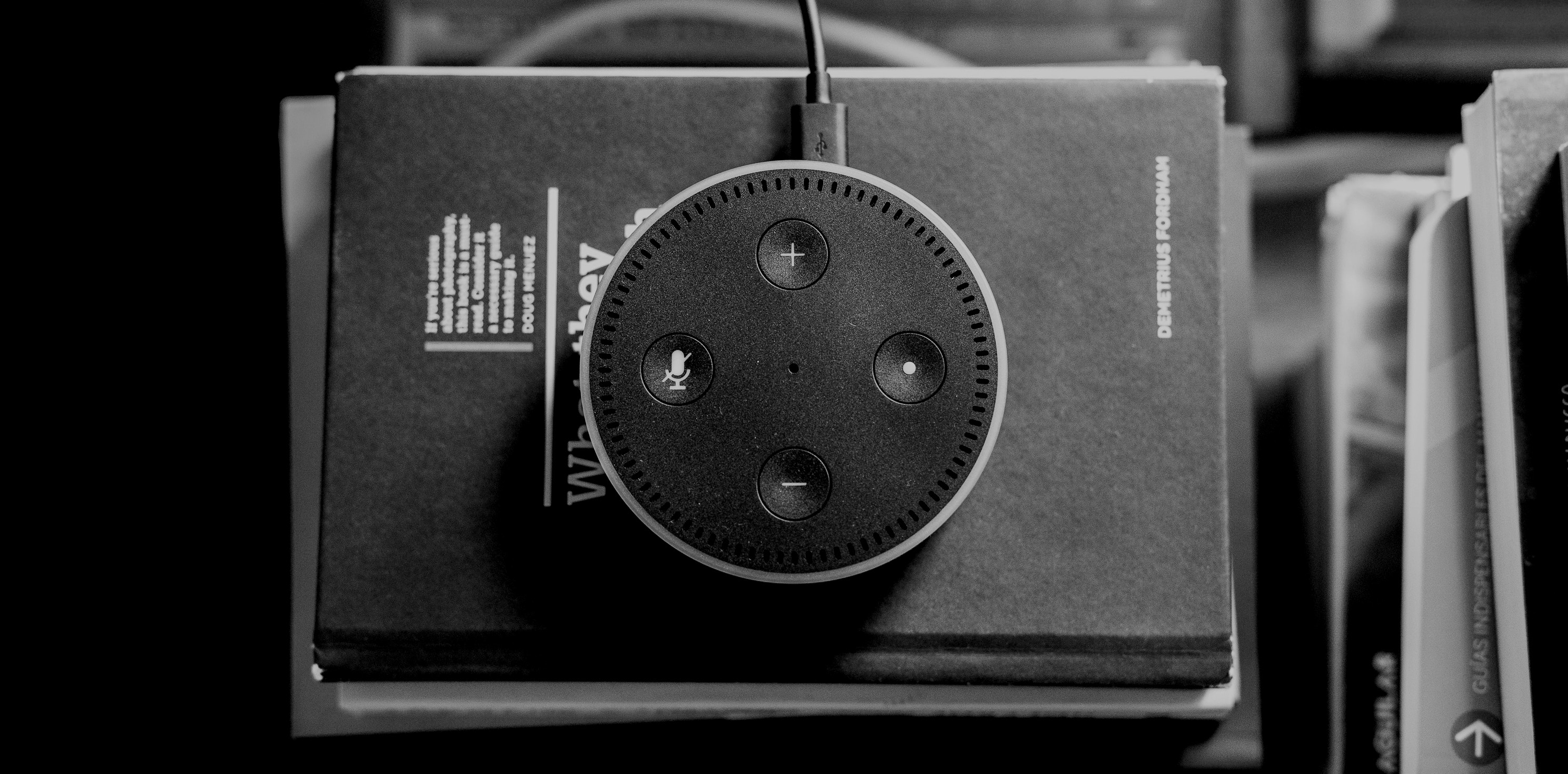Loyalty and Ecommerce in the Amazon Century
Jun 20, 2018 / By Vanessa Horwell
The Apple Decade and the Amazon Century
Ten years ago, Apple was the most important tech company in the world, riding a wave of successful products that began with the iPod in 2001 and reached its peak with the iPhone (2007) and iPad (2010). These were world-changing products, not only because they introduced innovative technology, but they transformed consumer retail and ecommerce and inaugurated the global shift from desktop to mobile.
This spawned a generation of developers and entrepreneurs who are still testing the limits of what’s possible – but the new world that Apple ushered in isn’t so new anymore. It’s clear to everyone what the new new world will look like – mobile, cloud-based, social, sharing, streaming, powered by Big Data, location-based and frictionless. These buzzwords are part of everyday conversation – retailers may not know how to get a single view of customer, for example, but they still know they need one.
Today, the real competition is not for a short decade of Apple-like innovation, but for control over the next century and beyond – in other words, who will control the platforms that make the buzzwords a reality for global retailers, consumer brands, online shoppers and connected travelers?
The strongest contender may be further down on the Forbes 500, many billions in revenue behind Apple ($229B) and Walmart ($500B) – where Amazon ($178B) sits, in the fantastic words of H.G. Wells, regarding this earth with envious eyes, and slowly and surely drawing its plans.
Amazon and the Rise of Ecommerce
The story of Amazon began simply enough in 1995 as “Earth’s biggest bookstore.” Within a few years, Barnes & Noble was suing Amazon for making a false claim – Amazon wasn’t a bookstore at all, they argued, but a book broker. Of course, that wasn’t quite true, either, and for the last two decades Amazon has built an empire around its true business – ecommerce.
The story of Amazon is the story of modern retail. There is no better window through which we can see how retail has changed, what it looks like today and where it’s headed.
Amazon began by disrupting traditional retailers like Barnes & Noble, and retailers misread the disruption as a threat from a new competitor (rather an entirely new way of doing business) Today, Amazon has multiple lines of business…
- Online retail (ecommerce)
- Amazon Web Services (enterprise)
- Kindle ecosystem (hardware)
- Amazon Prime (subscriptions)
It’s important to understand, however, that the Amazon story is not about any single product or service. Amazon’s genius is its ability to use customer data to create relevant and meaningful connections between people and products. Amazon knows what shoppers want before they know it themselves.
Amazon – and other tech giants, like Google and Facebook – understand that marketing automation and artificial intelligence combined with mobile commerce are what matter today. Rather than use a traditional search engine, more consumers are trusting Amazon or Alexa to boil searches down to a handful of relevant results, personalized, curated and attached to loyalty data and rewards.
The ‘Amazonification’ of Loyalty
Although Amazon has its hands in everything, from cloud computing (Amazon Web Services) to news media (The Washington Post), the company’s focus has always been long-term growth over short-term profits. The $13.7 billion Whole Foods acquisition, for example, wasn’t about the grocery business so much as expanding Amazon’s global warehousing and delivery infrastructure.
Just as important, the Whole Foods acquisition allows Amazon to expand Prime membership into the grocery sector, where it can gather data on consumer packaged goods (CPGs), and ultimately, get more Prime members to buy groceries through the voice-activated Alexa device. Amazon Prime, the company’s subscription service and loyalty program, is currently in more than 90 million US households, representing 63% of Amazon customers. Consumer Intelligence Research Partners found that surveyed Prime members spent twice as much on Amazon as non-members — $1,300 per year versus $700.
That’s an astounding testament to the success of retail loyalty to drive sales and acquire new customers. Combined with Amazon’s treasure chest of transactional data, Prime membership may be the company’s most important offering yet.
Walmart in the Amazon Century
Before we get too far ahead in the Amazon century, let’s remember that Walmart is the world’s largest retailer – and largest company, period. But it may be easier for Amazon to become Walmart than vice versa.
Amazon was able to disrupt traditional retail because it could sell unlimited inventory with powerful technology and very little overhead. Now, imagine what Amazon could do with distribution centers throughout the country, using analytics to deliver orders practically in real-time, to millions of Prime members with incentives to buy through Amazon. The battle is on as Walmart recently acquired a 77% stake in Flipkart (the Indian ecommerce giant) for $16 billion, giving the retailer significant leverage versus Amazon globally.
Retailers must understand how Amazon has changed – and is changing – shopping habits and digital expectations in the retail sector. That’s the story we’ll be helping our clients write over the next decade through their own technology solutions for loyalty marketing, ecommerce and data management - and vision for the next century.
Want to learn more about our work with companies serving the retail loyalty sector and how ThinkInk can help your B2B technology company develop business results – get in touch here and check out this blog post on why PR agency clients need less BS and more BD.
Sign up for our insights on the convergence of business and PR


